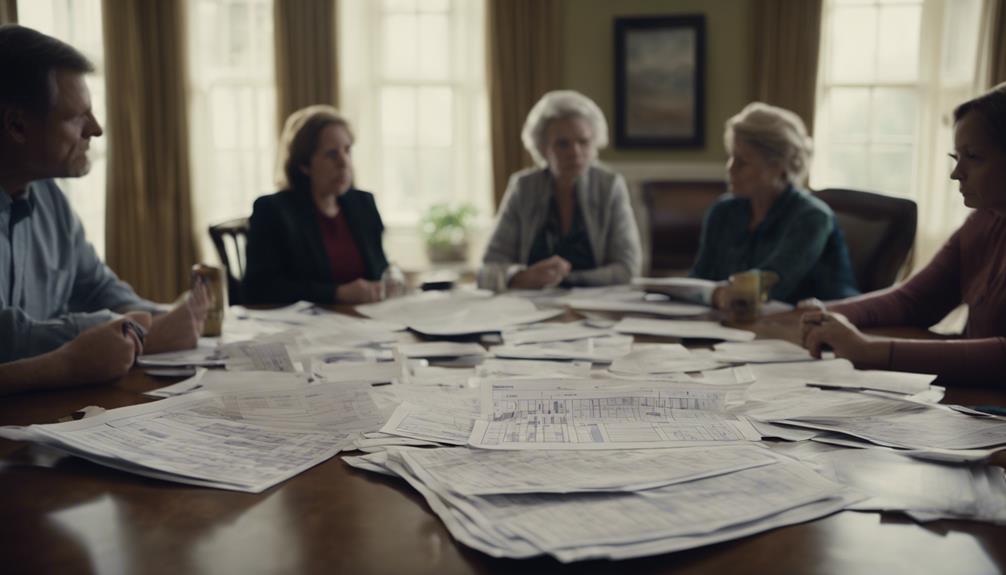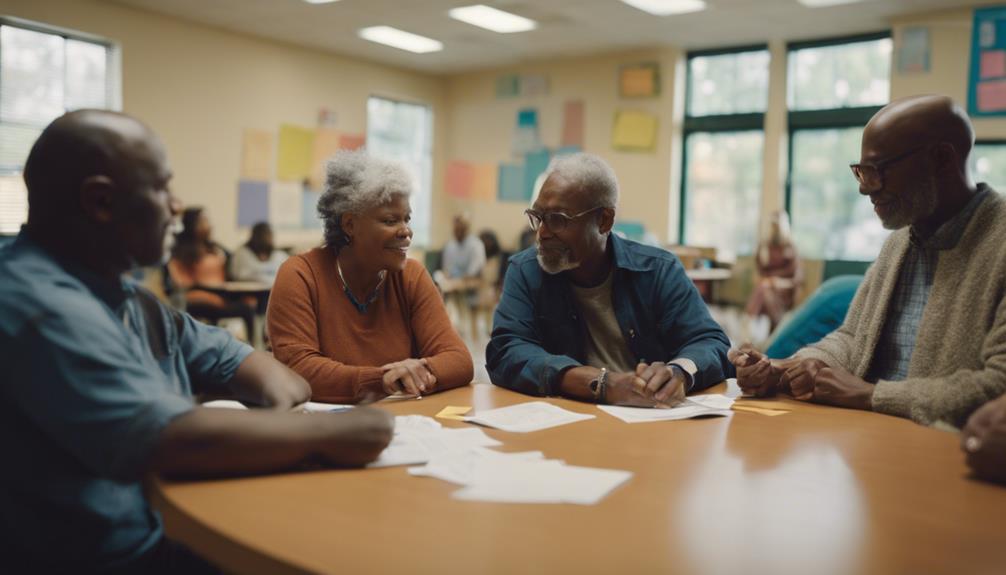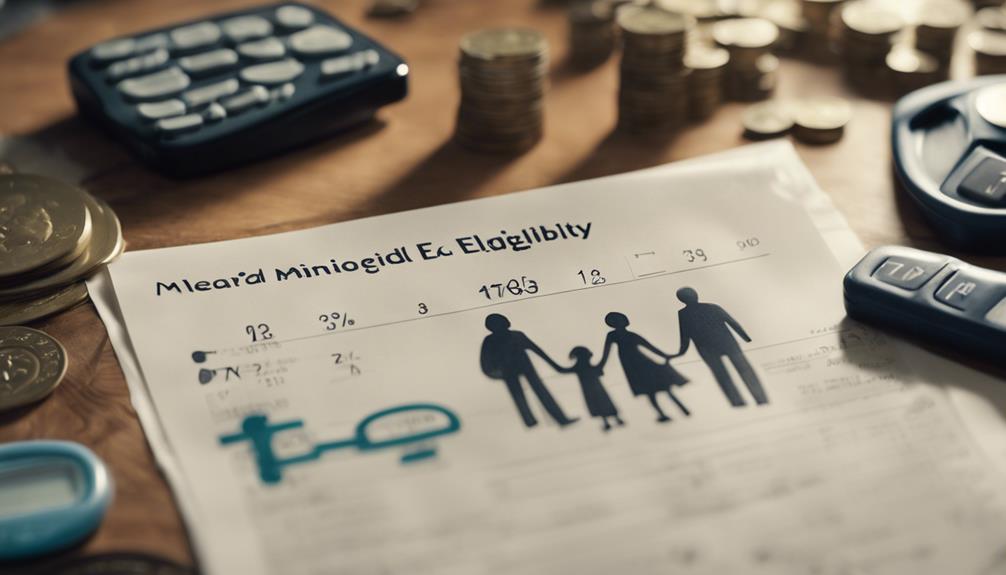
Losing a loved one is an emotional journey that brings about a whirlwind of feelings and processes to navigate. During this challenging time, it’s crucial to honor their memory while also managing the practical aspects of life, such as notifying Medicaid of their passing. While the task may seem daunting, understanding the steps involved can make the process a little easier.
This article aims to provide you with a cheerful navigation guide through the often-overlooked task of notifying Medicaid of a death. Each section is designed to equip you with the necessary knowledge and resources to ensure that you approach this sensitive matter with care and clarity.
1. Celebrating Life: Navigating the Notification Journey
As you embark on this journey of notifying Medicaid, it’s important to take a moment to celebrate the life of your loved one. Reflecting on their accomplishments, cherished memories, and the joy they brought to your life can provide comfort amidst the administrative tasks. Sharing stories with family and friends can also foster a sense of community and support during this challenging time.
Navigating the notification process with a mindset focused on celebrating your loved one’s life can transform a somber task into a meaningful tribute. By honoring their legacy, you can approach Medicaid with a sense of purpose, making the necessary notifications not just a duty, but also a way to remember and celebrate them.
2. The First Step: Understanding Medicaid’s Requirements
Before diving into the notification process, it’s essential to understand Medicaid’s requirements regarding the notification of a death. Medicaid needs to be informed promptly to avoid any unnecessary complications or billing issues. Typically, the responsibility falls on the family or the personal representative of the deceased, so knowing who will handle this task can ease some of the burden.
Each state may have specific rules and timelines for notifying Medicaid, so it’s wise to familiarize yourself with your local regulations. Understanding the nuances of these requirements can ensure that you meet deadlines and provide the correct information, allowing you to focus more on honoring your loved one’s memory rather than getting lost in the bureaucratic maze.
3. Gathering Essential Information: What You’ll Need
Before reaching out to Medicaid, it’s crucial to gather all essential information related to the deceased. This includes their full name, Medicaid number, date of birth, and date of death. In some cases, you may also need to provide documents like the death certificate, which is vital for verifying the information you provide.
Having everything organized and ready can significantly streamline the notification process. Consider creating a checklist to ensure you have all necessary documents handy, making this process as smooth as possible. This preparation not only eases your mind but also helps you feel more in control during this challenging time.
4. The Right Time: When to Notify Medicaid of a Death
Timing is an essential aspect of notifying Medicaid after a death occurs. Typically, it’s recommended to notify Medicaid within a reasonable timeframe, often within 30 days. However, you’ll want to pay attention to your state’s specific regulations regarding timelines, as some may differ.
In addition to adhering to timelines, consider notifying Medicaid at a time when you feel emotionally prepared to handle the conversation. Finding a moment when you are calm and focused can make the process less stressful, allowing you to address any questions or concerns effectively.
5. Choosing Your Method: Phone, Mail, or Online?
Once you feel prepared to notify Medicaid, it’s time to choose how to do so. Medicaid offers several methods for notification, including phone calls, mailing letters, or using online portals. Each option has its advantages and can be chosen based on what feels most comfortable for you.
If you prefer immediate communication, calling Medicaid can provide instant feedback and answers to any questions you might have. Alternatively, if you prefer documenting the notification, sending a letter or using an online method can be more suitable. Whichever method you choose, ensure that you keep a record of your communication for your own records.
6. Writing a Thoughtful Notification Letter: Tips Inside
If you opt to notify Medicaid via a letter, crafting a thoughtful notification can make a difference. In your letter, clearly state the deceased’s full name, Medicaid number, date of birth, and date of death. Keep the tone respectful, and make sure to express gratitude for any services received.
When writing, it is also helpful to include your contact information should Medicaid need to reach out for further clarification. A concise yet heartfelt letter can communicate your message effectively while honoring your loved one’s memory.
7. Making the Call: What to Expect During the Process
When you make the call to Medicaid, prepare yourself for a straightforward process. After providing the necessary information, the representative will likely confirm the details and may ask additional questions to ensure accuracy. It’s important to stay calm and patient, as this may be an emotional moment for you.
Expect to be placed on hold at times, as Medicaid representatives might need to check internal records. Remember, it’s perfectly okay to take a moment for yourself during this call. After all, you are navigating a sensitive topic, and self-compassion is essential during this journey.
8. Confirming Receipt: Ensuring Your Message Gets Through
After notifying Medicaid, it’s crucial to confirm that your notification has been received. If you called, ask the representative for a confirmation number or notes that document the conversation. If you sent a letter, consider following up with a phone call or an email to ensure it reached the correct department.
Receiving confirmation provides peace of mind, allowing you to focus your energy on honoring your loved one’s memory instead of worrying about potential bureaucratic issues. A little diligence goes a long way in ensuring that everything is in order after such a significant event.
9. Clearing Up Matters: Handling Medicaid Benefits After
Once you’ve notified Medicaid, you may need to address any remaining benefits or services associated with the deceased. This can include determining if there are ongoing payments, reviewing their Medicaid account, and understanding how to manage any potential estate claims.
Clarifying these matters can help prevent complications down the road. Engaging with Medicaid representatives can provide insights into what steps to take next regarding the deceased’s benefits. It’s an opportunity to ensure everything is settled and to honor your loved one’s legacy without lingering concerns.
10. Finding Support: Resources for Families in Transition
As you navigate this challenging time, remember that you don’t have to do it alone. Numerous resources are available for families dealing with the loss of a loved one. Support groups, counseling services, and community organizations can provide emotional assistance and guidance throughout this transition.
Additionally, consider reaching out to friends and family who can offer practical help, whether it’s assisting with documentation or simply being there for you. Remember, leaning on your support network is not only okay; it can also be a source of strength as you honor your loved one’s memory.
Notifying Medicaid of a death is undoubtedly an important task, but it doesn’t have to overshadow the beautiful memories you have of your loved one. By approaching this process with care and clarity, you can ensure their legacy is honored while handling necessary logistics. Remember, it’s okay to lean on others for support, and taking the time to celebrate their life can bring a sense of peace amidst the practicalities of life. May you find comfort in the memories you cherish and the love that continues to surround you.





